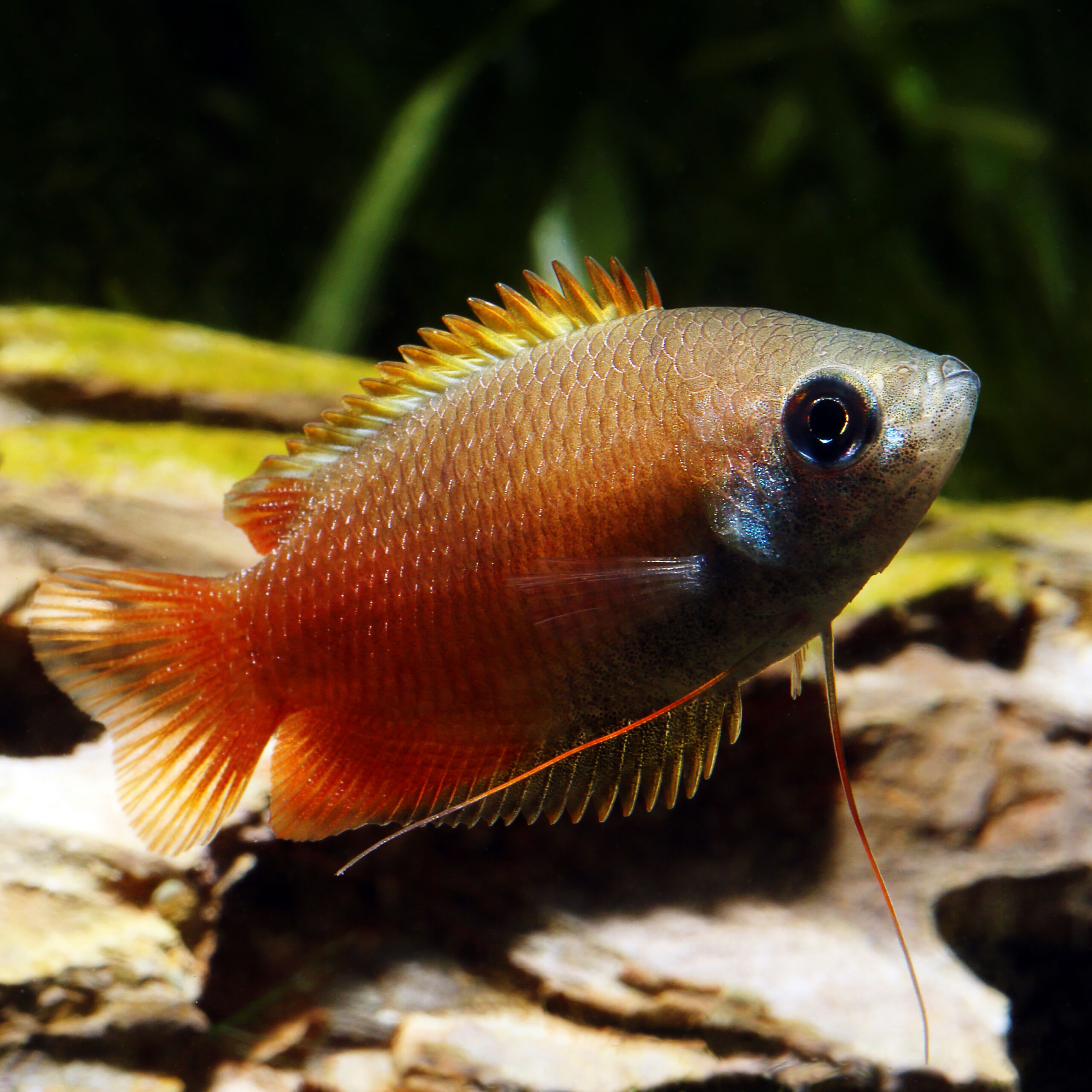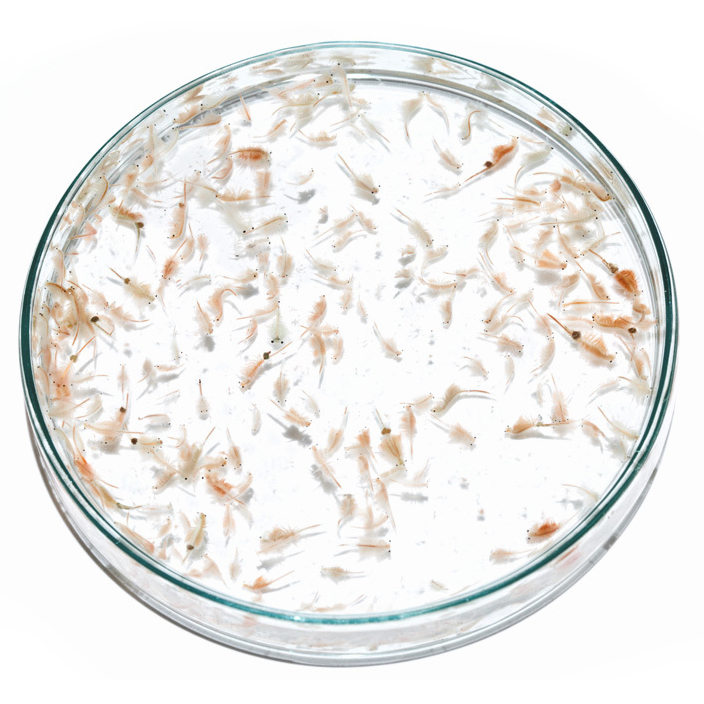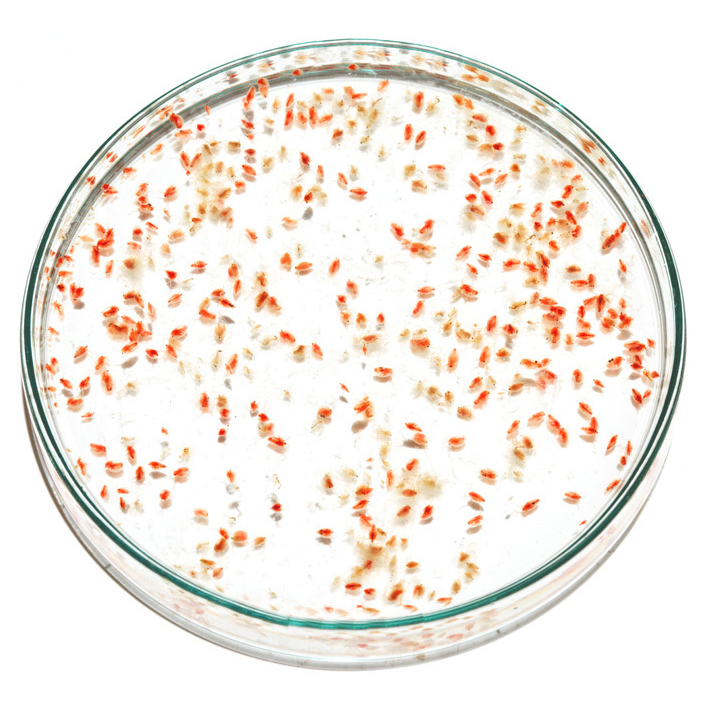Honey Gourami
Colisa chuna
The Honey Gourami is a pretty and very interesting labyrinth fish from South Asia.
- extremely peaceful labyrinth fish
- conspicuous courtship coloration of the male
- bubble nest builder
Choose your variation:
 Delivery in a few working days
Delivery in a few working days
 Free shipping from €60 across Austria
Free shipping from €60 across Austria





Important data
Product description & details
The Honey Gourami comes from India and Bangladesh, where it occurs in slow-flowing to stagnant, warm waters. Colisa chuna belongs to the labyrinth fish and therefore has a so-called labyrinth organ, with which it can also breathe atmospheric air in addition to gill respiration. This helps it survive in these oxygen-poor waters. In this natural form of the Honey Gourami, the males are an intense golden yellow with a dark colored breast during the courtship period.
Care in the aquarium
The Honey Gourami is not too difficult to care for as long as the required water parameters are observed. When keeping the Honey Gourami, it is important that it can easily reach the surface to take a breath and that the current is not too strong or there are enough areas in the aquarium with little current. This makes the gourami feel comfortable and it can show its natural behavior. Furthermore, care should be taken to ensure that the aquarium is densely planted, which in places reaches the surface of the water. Similar to the Dwarf Gourami, it can socialize with other peaceful fish, but not with Sumatran barbs, as they tend to nibble on the Honey Gourami’s fins.
Feeding
In nature, Colisa chuna has a mainly carnivorous diet, feeding on insects that land in the water and insect larvae, as well as other small animals living in the water such as invertebrates. In the aquarium, small flake and granular food and especially frozen and live food are preferred. A diet that is as varied as possible is ideal.
Sexual characteristics and breeding
When it comes to the natural color variant of the Honey Gourami, it is not too difficult to distinguish between the sexes, as the males have a bright yellow body color, while females are much paler and the color is more silver-gray. The male looks particularly splendid when it is in the mood for courtship – then the chest area turns a dark brown to black and represents a great contrast to the yellow of the body. To increase the gouramis’ willingness to mate, the water level can be lowered (optimally to a height of around 20cm) and the water temperature can be increased to around 27°C. Increased feeding with live food provides additional stimulation to the fish. Like most labyrinth fish, the Honey Gourami builds a bubble nest on the surface of the water into which the eggs are transported after fertilization and the male takes care of the brood until the young hatch.








